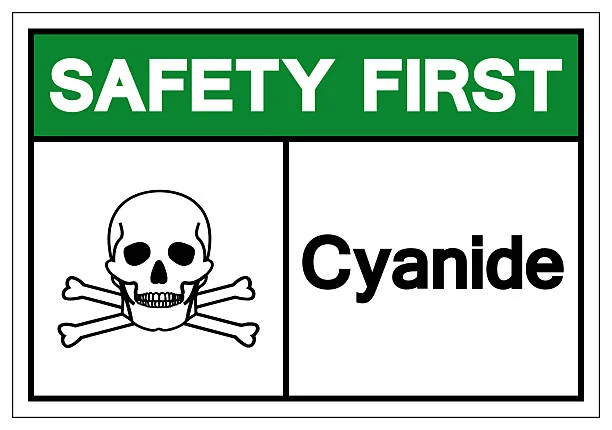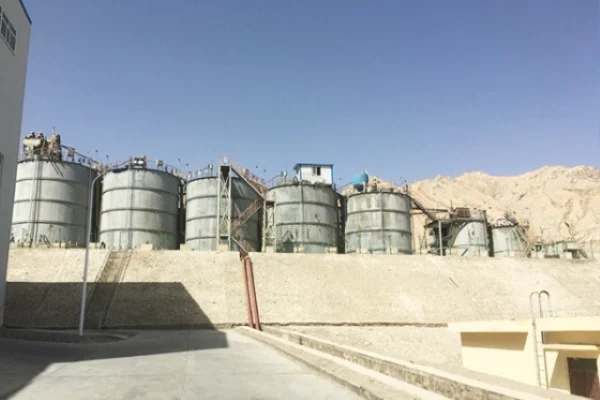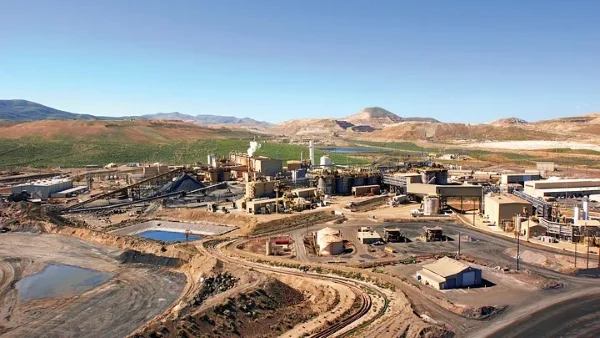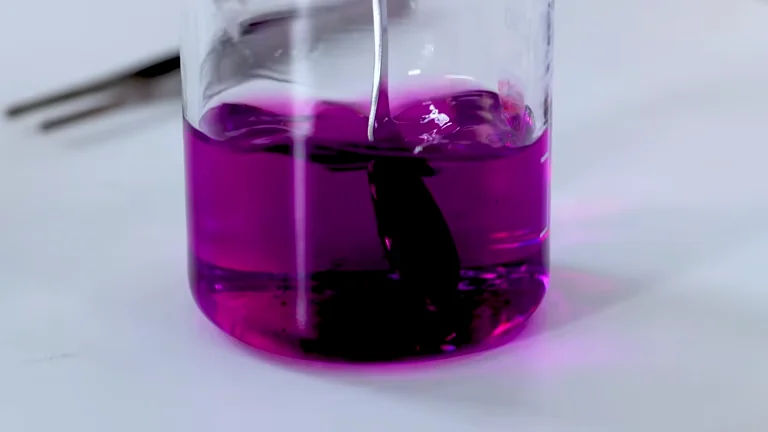
The cyanidation process for gold extraction, boasting a history of over 100 years, still prevails in current gold industrial production. Its popularity stems from its simplicity and high gold recovery rate. Nevertheless, this process generates a large quantity of gold tailings. The output of cyanide residues from gold concentrates has been increasing annually. Statistics indicate that the national gold industry churns out approximately 80 million to 100 million tons of cyanide residues each year.
Long - term stockpiling of these cyanide residues creates multiple problems. Firstly, it occupies a vast amount of land. Secondly, the highly toxic cyanides in the residues can release toxic gases and form acidic wastewater. Additionally, various metal ions can contaminate surrounding water bodies and soil via surface water or groundwater, endangering human health. Paradoxically, cyanide residues from gold concentrates contain valuable resources like Cu, Pb, Zn, Fe, Au, S, and Si that remain under - recovered. Thus, safely dissociating toxic components, efficiently separating and recovering valuable resources, and achieving large - scale utilization of de - cyanided tailings have become global research priorities and challenges.
United Chemical Co., Ltd.’s Solution: A Holistic Project
In response to these challenges, United Chemical Co., Ltd. initiated the “Research and Application of Key Technologies for the Harmless Disposal and Resource Utilization of Cyanide Residues from Gold Concentrates” project.
Gradient - Controlled De - cyanidation and Flotation Recovery
The “New Technology for Gradient - Controlled De - cyanidation and Flotation Recovery of Valuable Elements” was adopted to comprehensively recover Cu, Pb, and Zn from gold cyanidation tailings. As a result, lead concentrates and copper concentrates were produced.
Pyrite Interface Activation and Combined Processing for Iron and Gold Recovery
Next, the “New Technology for Pyrite Interface Activation and Combined Mineral Processing and Metallurgy for Iron and Gold Recovery” was implemented. This technology efficiently separated and recovered Fe and Si from the de - cyanidated flotation tailings, yielding sulfur concentrates and high - silicon tailings.
Sulfuric Acid and Iron Pellet Production
Sulfur concentrates were used to produce concentrated sulfuric acid through weak - oxygen roasting. The roasted sulfur slag was pelletized. Subsequently, the “High - Temperature Iron - Gold Separation Technology” was applied to produce iron pellets and gold mud enriched with Cu, Pb, and Zn.
High - Silicon Tailings Recycling
The “New Technology for Phase - Change Regulation and Full - Component Recycling of High - Silicon Tailings” enabled the transformation of high - silicon tailings into European - style interlocking ceramic tiles.
Technical and Research Breakthroughs
This project tackled the “four difficulties” associated with cyanide residues from gold concentrates: accurately understanding toxic components, regulating and directionally separating their behaviors, recovering valuable components, and recycling tailings. It introduced an innovative interdisciplinary approach, integrating mineral processing, metallurgy, and environmental science. The research spanned the entire innovation chain, from uncovering scientific causes to developing control technologies and conducting engineering demonstrations.
On the scientific and technological front, it systematically revealed the occurrence patterns of toxic components in cyanide - containing highly toxic hazardous waste. At the application level, it developed technologies for the safe dissociation and stable disposal of toxic components, the coordinated extraction of valuable components, and the high - value utilization of tailings resources.
Impressive Industrial Application Results
After the industrial application of the project's achievements, the recovery rate of valuable metals from cyanide residues of gold concentrates exceeded 90%. This accomplishment realized the Harmless disposal and full - component Resource utilization of cyanide residues from gold concentrates. Annually, the project produced around 8.000 tons each of lead concentrates and copper concentrates, over 300.000 tons of high - sulfur concentrates, over 200.000 tons of concentrated sulfuric acid and oxidized pellets, approximately 700 kg of gold, and more than 90 million European - style interlocking tiles. Evidently, the project has brought about remarkable economic, environmental, and social benefits.
- Random Content
- Hot content
- Hot review content
- T-610 collector Salicyl oxime acid derivative Content 3.5%
- Citric acid-Food Grade
- Lithium chloride, 99.0%,99.5%
- 99% Animal Feed Additive DL Methionine
- Sodium Dimethyldithiocarbamate 95% solid, 40% liquid
- How do I choose the right flotation reagent?
- Magnesium sulfate heptahydrate
- 1Discounted Sodium Cyanide (CAS: 143-33-9) for Mining - High Quality & Competitive Pricing
- 2China's New Regulations on Sodium Cyanide Exports and Guidance for International Buyers
- 3Sodium Cyanide 98% CAS 143-33-9 gold dressing agent Essential for Mining and Chemical Industries
- 4International Cyanide(Sodium cyanide) Management Code - Gold Mine Acceptance Standards
- 5China factory Sulfuric Acid 98%
- 6Anhydrous Oxalic acid 99.6% Industrial Grade
- 7Oxalic acid for mining 99.6%
- 1Sodium Cyanide 98% CAS 143-33-9 gold dressing agent Essential for Mining and Chemical Industries
- 2High Quality 99% Purity of Cyanuric chloride ISO 9001:2005 REACH Verified Producer
- 3Zinc chloride ZnCl2 for High Molecular Weight Polymers Initiator
- 4High Purity · Stable Performance · Higher Recovery — sodium cyanide for modern gold leaching
- 5High Quality Sodium Ferrocyanide / Sodium Hexacyanoferr
- 6Gold Ore Dressing Agent Safe Gold Extracting Agent Replace Sodium Cyanide
- 7Sodium Cyanide 98%+ CAS 143-33-9











Online message consultation
Add comment: